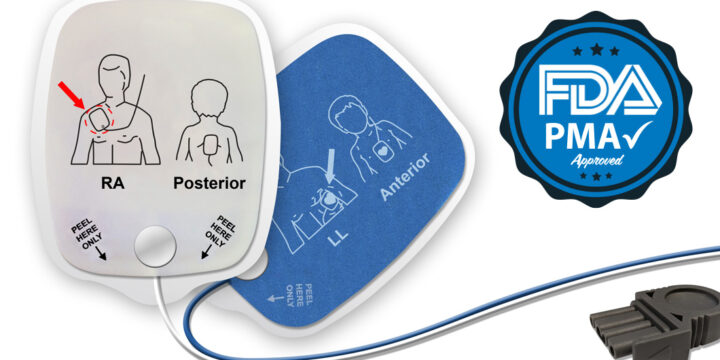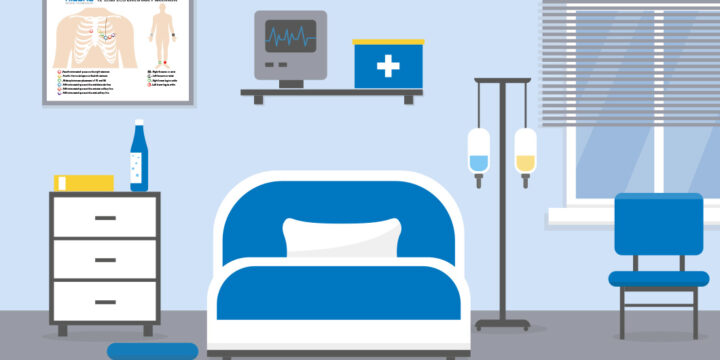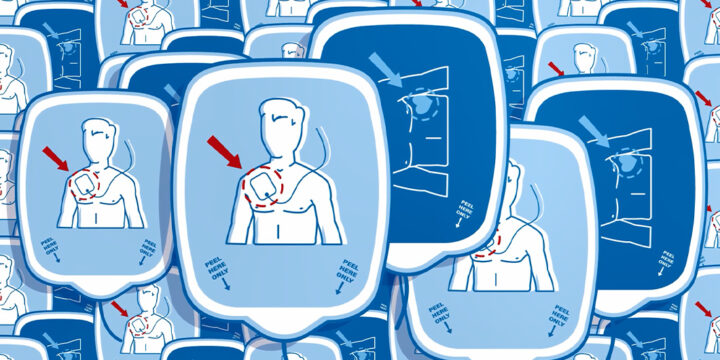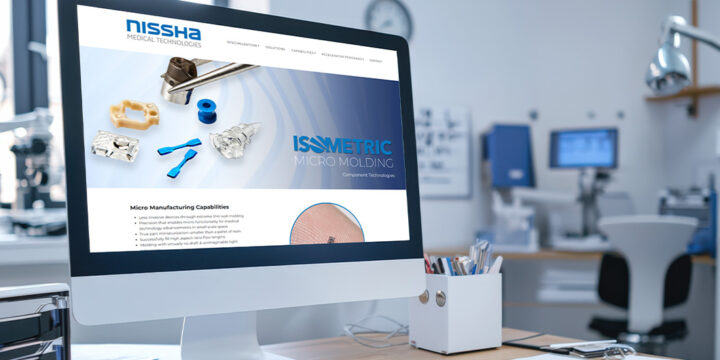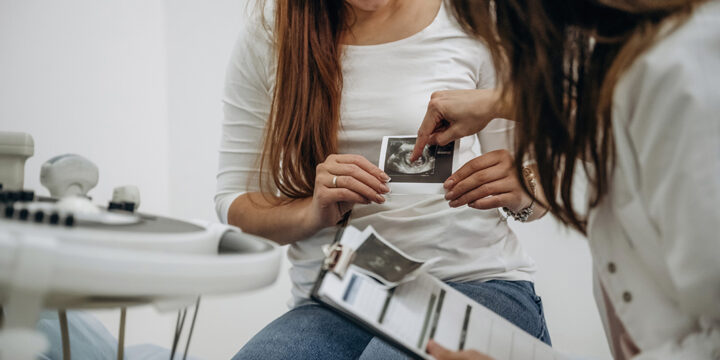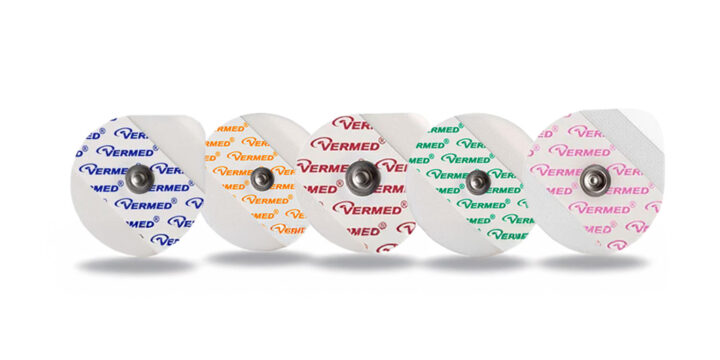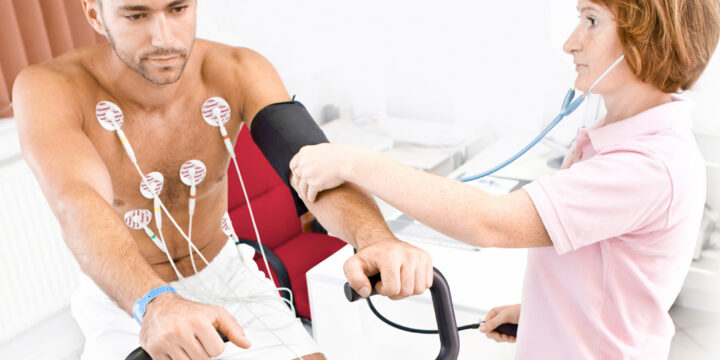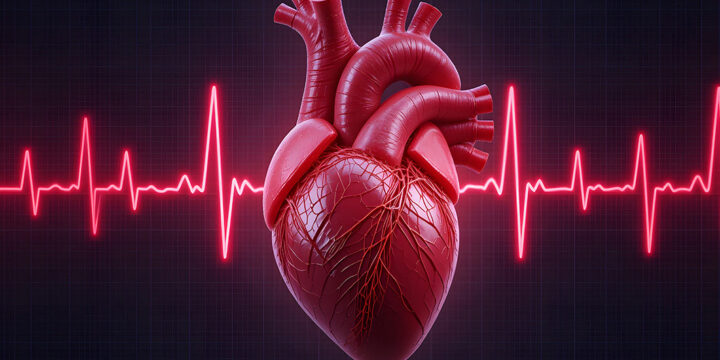
Can Ultrasound Films Unlock the First Emotional Bond?
In today’s digital world, printed photos are becoming rare. For many expectant mothers, this means they only get digital versions of their baby’s ultrasound scan. Instead of printed ultrasound films or sonography papers, they leave with a file.Digital images are convenient. But holding a printed ultrasound feels different. It’s more real and more emotional.Printed ultrasound films aren’t just keepsakes. They may help both mothers and babies. In fact, research in maternal health and psychology supports this idea.The Science of the Bond and Ultrasound Film BenefitsMaternal-fetal attachment (MFA) is the emotional connection between a mother and her baby during pregnancy. Small actions, like eating healthy, buying baby clothes, or rubbing the belly, can build this bond.Research shows ultrasound viewing may strengthen that connection, especially in the first trimester. Printed ultrasound films…

